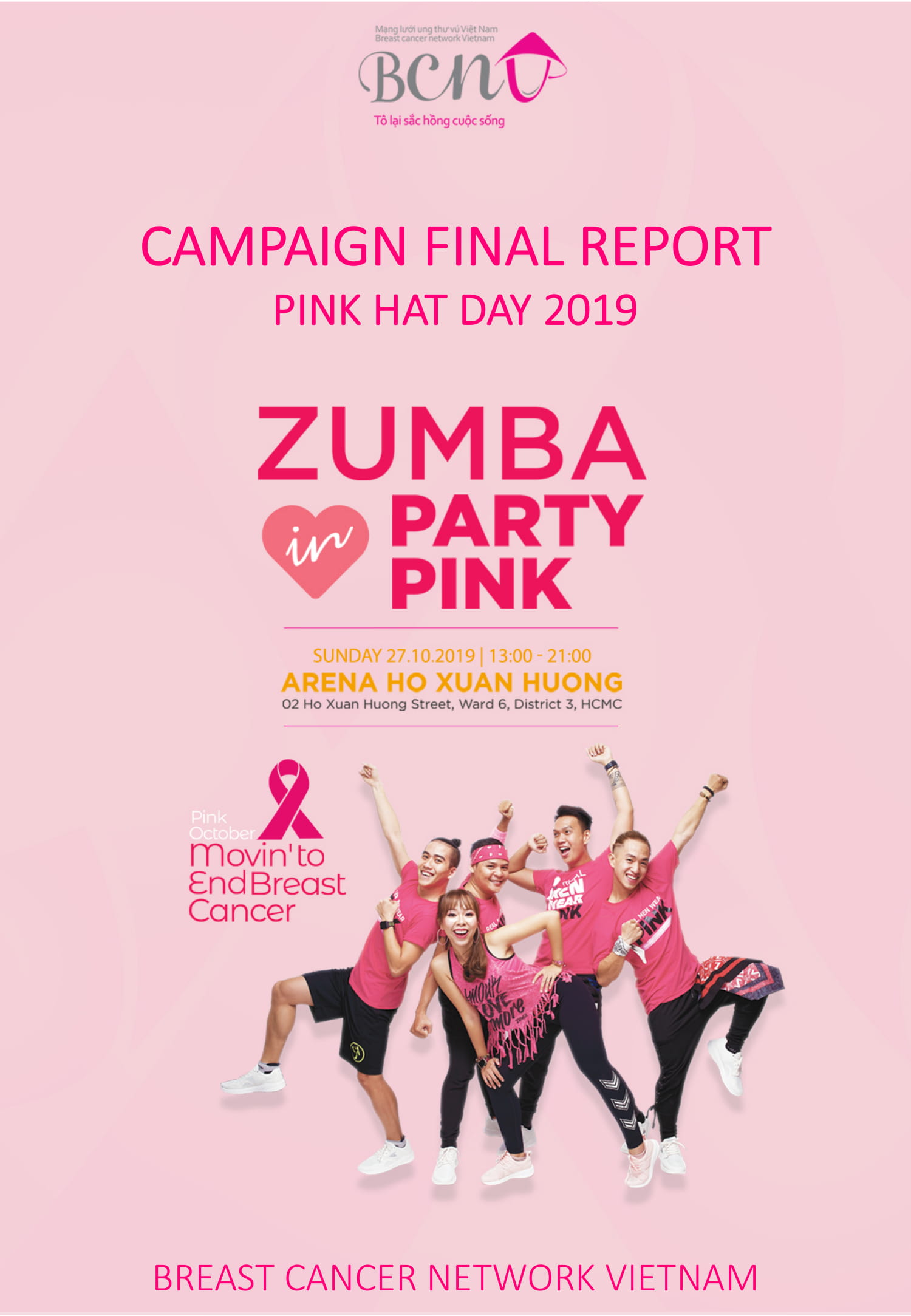According to the International Agency for Research on Cancer (IARC), breast cancer is the most common disease and has the highest mortality rate amongst all forms of cancer in women.
Talking about this disease, the American journal of Cancer Research (RFC) has updated several new discoveries that help people prevent the disease.
- Breast cancer, which was diagnosed by doctors in ancient Egypt more than 3,500 years ago, is described as a disease with a tumor in the breast and cannot be cured.
In 400 BC, Hippocrates described breast cancer as a disease caused by bile or melancholia, and was named karkinos, which means “crab”, because cancerous tumors in breasts were caused by an imbalance of 4 body fluids, especially the redundancy of bile. Jean Astruc (1684 – 1766), a French doctor, cooked some breast cancer tissues and a slice of beef, then chewed both of them and found that breast cancer does not contain bile or acid.
- The youngest survivor of breast cancer in the world is Aleisha Hunter Ontario, just a three-year-old Canadian child. Aleisha had undergone a successful mastectomy in 2010.
On average, around the world, about 1.2 million cases of breast cancer are detected each year, 75% of which fall into the category of over 50-year-old women.
- Breast cancer is the most common cancer in American women, along with skin cancer, and ranks second only to lung cancer in cancer deaths among women.
Breast cancer is more common in the left breast than the right breast, and so far science is not clear about this.
- The rate of catching breast cancer in industrialized countries is the highest, which indicates that people in the higher-profile group are more prone to get breast cancer than those in the low-income group.
- In the United States, 112 women die each day from breast cancer or 1 woman dies every 15 minutes from breast cancer. The United States has the highest incidence of breast cancer in the world, now with approximately 2.5 million survivors of breast cancer.
- The first cancer-causing mastectomy occurred in 548 for a patient named Theodora, the Byzantine queen.
- Only 5 to 10 percent of breast cancer occur in women with genetic predisposition. However, if there is a genetic mutation, four out of every five people catch breast cancer and ovarian cancer increases with the same rate less than 5/2.
- White women have a higher incidence of breast cancer than African-American women. However, African-American women are more likely to die from breast cancer than white women.
Currently, one out of every 3,000 pregnant or breastfeeding women suffer from breast cancer. Research has shown that once pregnant women are diagnosed with breast cancer, the chances of survival are lower than non-pregnant women. Women over 40 years old should have 1-2 mammograms every year.
- While breast cancer in women is quite common, this in men is very rare, accounting for 1% of cancer rates.
In the United States, for example, about 400 men die from breast cancer each year, especially among African Americans.
Men’s breast cancer risks include age, BRCA mutation, Klinerfelter syndrome, testicular disorders, familial history, severe liver disease, radiation exposure, estrogen and obesity.
The risk of breast cancer increases when women have been using hormone replacement therapy (HRT) for more than 5 years.
(Illustration)
- One out of every 40 women in the Ashkenazi (Israel, Germany, Eastern Europe) and Israel groups, carries the BRCA1 and BRCA2 genes, which are cancer-causing genes, compared to 1/500-800 in the worldwide general population.
- The risk of breast cancer increases when women have been using hormone replacement therapy (HRT) for more than 5 years, especially in cases using the combination of estrogen and progesterone.
Individuals who have had a hysterectomy and are taking estrogen-only drugs are at a lower risk.
- Tumors are more malignant if they are hard, and unevenly shaped, while benign tumors are round or soft. However, to make accurate conclusions, patients should go to the doctor and do necessary tests.
- Breast cancer is often referred to as the “nun’s disease” because of the afflicted group, religious women hold the highest ratio, which has not yet been explained.
- Continuously breastfeeding is considered to be the best way to reduce breast cancer.
- There is no increasing risk of breast cancer in breast augmentations. However, the US Food and Drug Administration (FDA) recently found that breast augmentation may be associated with a condition called ALCL (anaplastic large cell lymphoma). ALCL is not breast cancer, but follicles surround the implant.
- The most common types of breast cancer (70%) are derived from the breast ducts that are in the breast and are called ductal carcinoma.
A less common form (15%) is lobular carcinoma, or cancer that originates in the lobe. There are also other strange diseases such as marrow cancer, Paget disease, cancer related to canal, etc.
- Women using multivitamins have a higher risk of developing breast cancer, according to the American Journal of Clinical Nutrition (AJCN).
Many studies have found that pomegranate works very well against breast cancer thanks to a compound called ellagitannins, which reduces the production of estrogen to provide fuel for breast growth.
- On average, for every 100 days, a cancer cell grows in size twice. Research shows that loneliness and stress are the culprits of breast cancer.
- According to the study, left-handed women are prone to breast cancer because they have high levels of exposure to some steroid hormones from when they were still in the womb.
- So far, modern science has not yet found the exact cause of breast cancer, but since ancient times, many factors have been suspected, including distraction in sex, which hinders the reproductive system, and often causes breast tenderness and tumors in the breast.
Other factors, such as stress, depression, depression, sedentary lifestyle, sedentary lifestyle and obesity are also potential causes of this disease.
Source: Eva.vn












